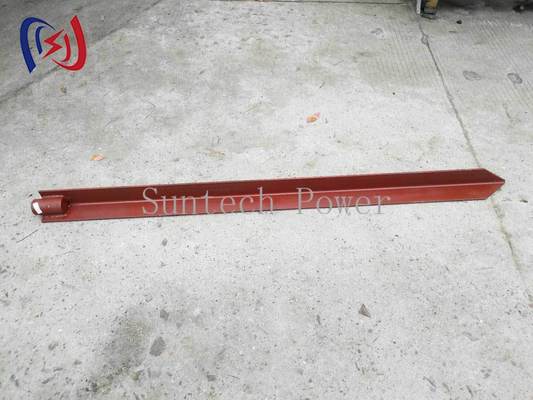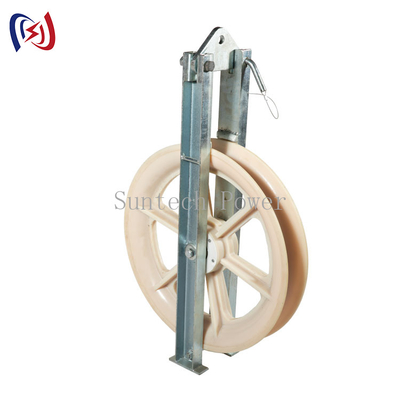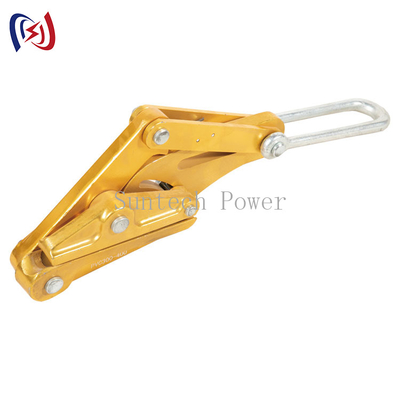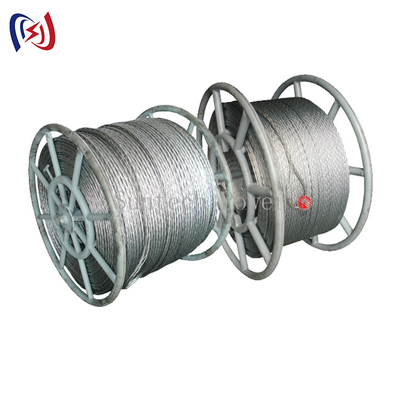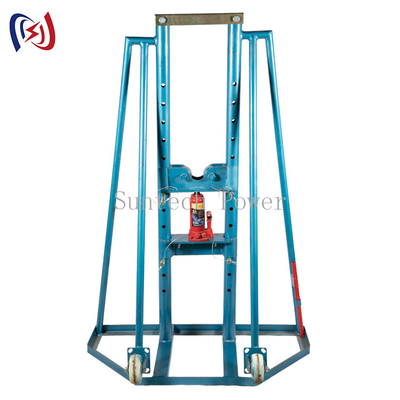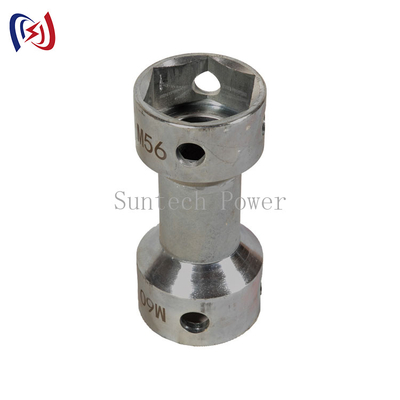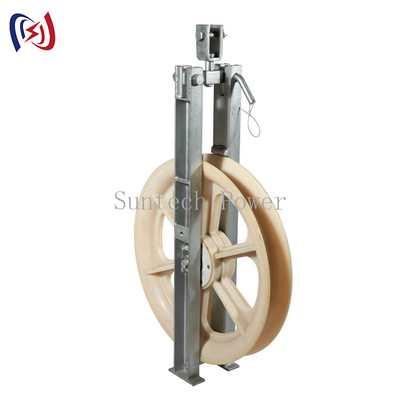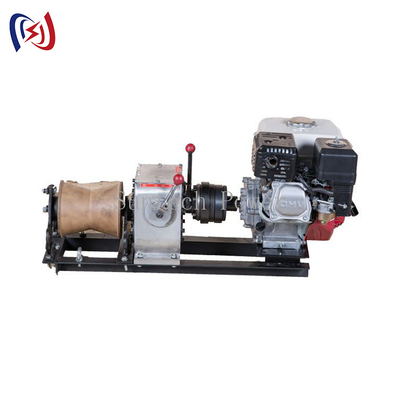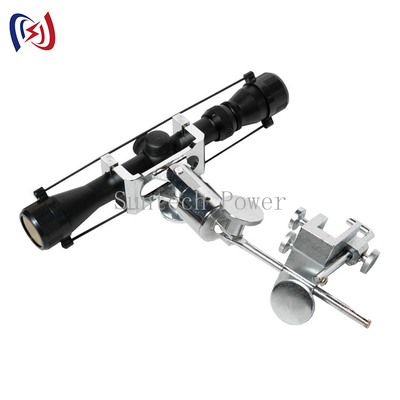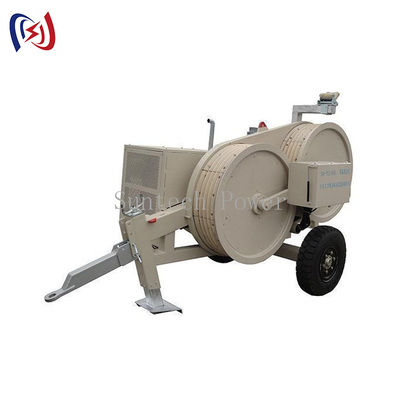The Ultimate Guide to Hydraulic Crimping Pliers: Types, Applications, and Selection Tips
Hydraulic crimping pliers are essential tools in electrical, telecommunications, and industrial applications. They provide a reliable and efficient way to crimp connectors onto wires, cables, and metal sleeves. Depending on the job requirements, hydraulic crimping tools come in different designs—monolithic (hand-operated) and split-type (hydraulic pump-driven)—each suited for specific crimping tasks.
This guide explores the differences between these types, their applications, and key factors to consider when choosing the right hydraulic crimping pliers for your projects.
What Are Hydraulic Crimping Pliers?
Hydraulic crimping pliers are specialized tools that use hydraulic pressure to compress connectors onto cables or wires, ensuring a secure and long-lasting connection. They are widely used in:
- Electrical installations (cable lugs, terminals).
- Telecommunications (fiber optic and coaxial cable crimping).
- Industrial manufacturing (hydraulic hoses, metal sleeves).
- Power transmission (overhead lines, substation connections).
Why Use Hydraulic Crimping Instead of Manual Crimping?
- Higher pressure – Ensures uniform crimping without weak spots.
- Less physical effort – Ideal for repetitive or heavy-duty crimping.
- Precision & consistency – Reduces the risk of loose or faulty connections.
Types of Hydraulic Crimping Pliers
1. Monolithic (Hand-Operated) Hydraulic Crimping Pliers
- Operation: Manual pressing (no external pump required).
- Best for: Small to medium crimping tasks (up to 50T pressure).
- Advantages:
- Portable and lightweight.
- No need for additional hydraulic pumps.
- Ideal for fieldwork or confined spaces.
- Limitations:
- Limited to lower-pressure crimps.
- Not suitable for large-diameter cables.
2. Split-Type (Pump-Driven) Hydraulic Crimping Pliers
- Operation: Requires an external hydraulic pump (manual, electric, gasoline, or diesel-powered).
- Best for: Heavy-duty crimping (up to 300T pressure).
- Advantages:
- Higher crimping force for thick cables and industrial applications.
- Interchangeable dies (custom molds can be fitted).
- Can be used with different pump types for flexibility.
- Pump Options:
- Manual pump – Portable, no power source needed.
- Electric pump – Efficient for continuous crimping.
- Gasoline/Diesel pump – Best for remote or high-power applications.
- Customization:
- Dies can be customized based on customer specifications.
Key Factors When Choosing Hydraulic Crimping Pliers
1. Crimping Capacity & Pressure Requirements
- Small cables (up to 50T): Monolithic hand-operated pliers.
- Heavy-duty crimping (50T–300T): Split-type hydraulic crimpers with a pump.
2. Portability & Work Environment
- Fieldwork or tight spaces: Monolithic or manual pump-driven crimpers.
- Industrial workshops: Electric or diesel-powered hydraulic crimpers.
3. Interchangeable Dies & Customization
- Standard dies – For common crimping tasks.
- Custom dies – Required for specialized connectors (must be provided by the customer).
Proper Usage & Maintenance Tips
To ensure longevity and safe operation:
- Inspect before use – Check for leaks, damaged hoses, or worn dies.
- Use the correct die size – Mismatched dies can damage connectors.
- Lubricate moving parts – Prevents rust and ensures smooth operation.
- Store properly – Keep in a dry place, away from extreme temperatures.
Conclusion
Choosing the right hydraulic crimping pliers depends on the crimping force needed, work environment, and connector type. Monolithic hand-operated crimpers are ideal for small jobs, while split-type hydraulic crimpers with pumps handle heavy-duty applications. Custom dies allow for specialized crimping needs, and different pump options (manual, electric, gasoline/diesel) provide flexibility for various work conditions.
By understanding these factors, you can select the best tool for efficient, safe, and reliable crimping operations.

 Your message must be between 20-3,000 characters!
Your message must be between 20-3,000 characters! Please check your E-mail!
Please check your E-mail!  Your message must be between 20-3,000 characters!
Your message must be between 20-3,000 characters! Please check your E-mail!
Please check your E-mail! 
